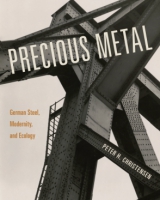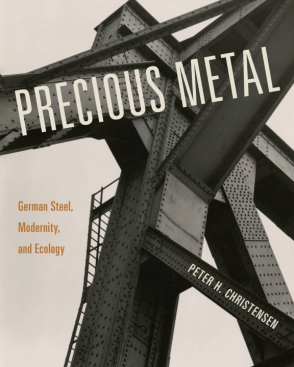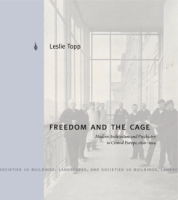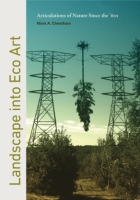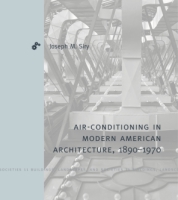Precious Metal
German Steel, Modernity, and Ecology
Peter H. Christensen
“Christensen’s work connects the field of architectural history to a broader context encompassing ecology, politics, business, and labor history. The result is a narrative that is richly layered and complex. Instead of presenting a comprehensive history of a single national industry or business, the author challenges readers to consider the multifaceted dimensions of construction materials.”
- Media
- Description
- Reviews
- Bio
- Table of Contents
- Sample Chapters
- Subjects
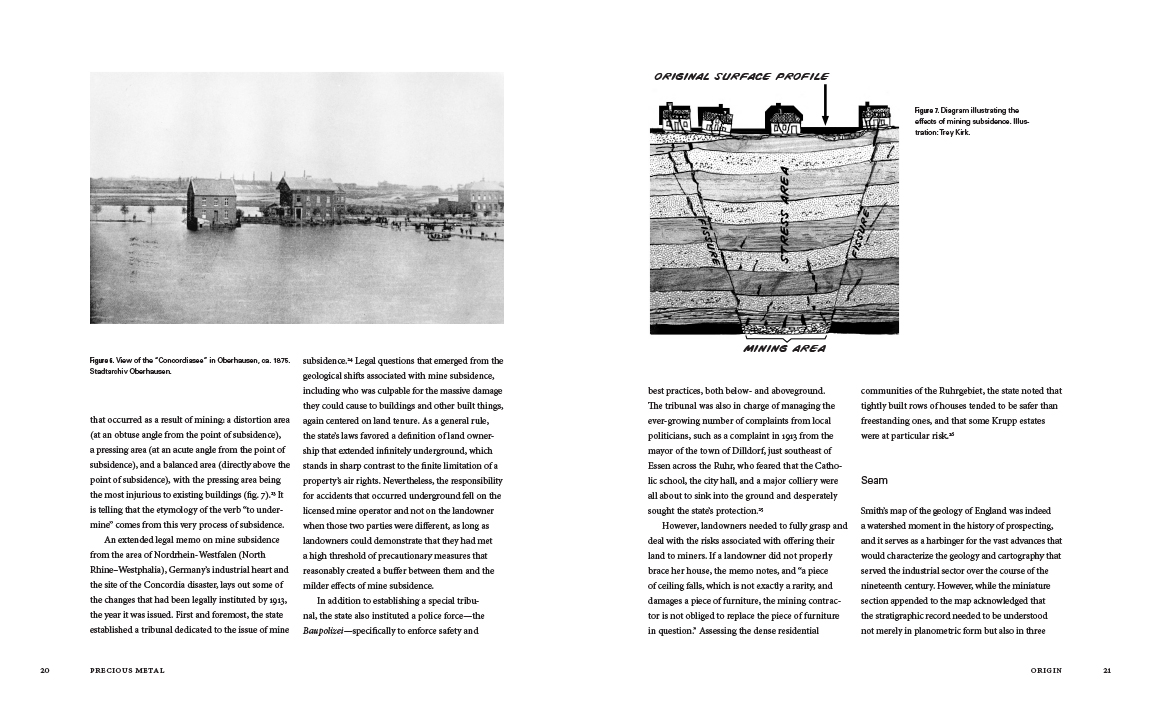
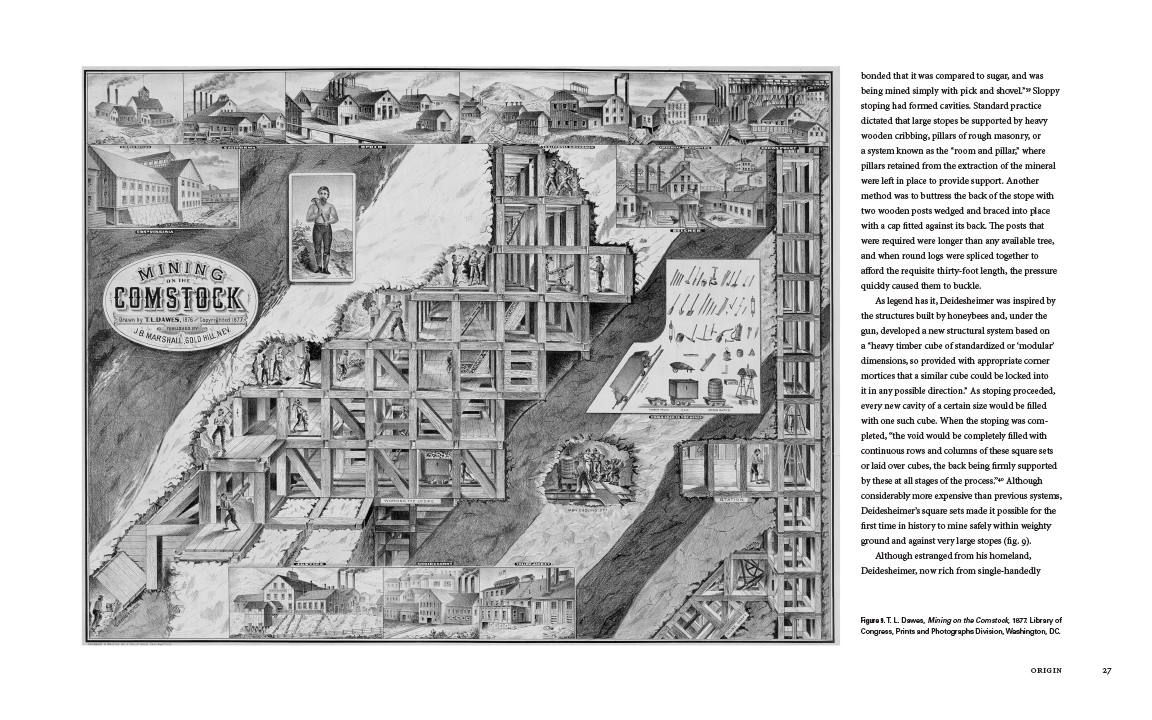
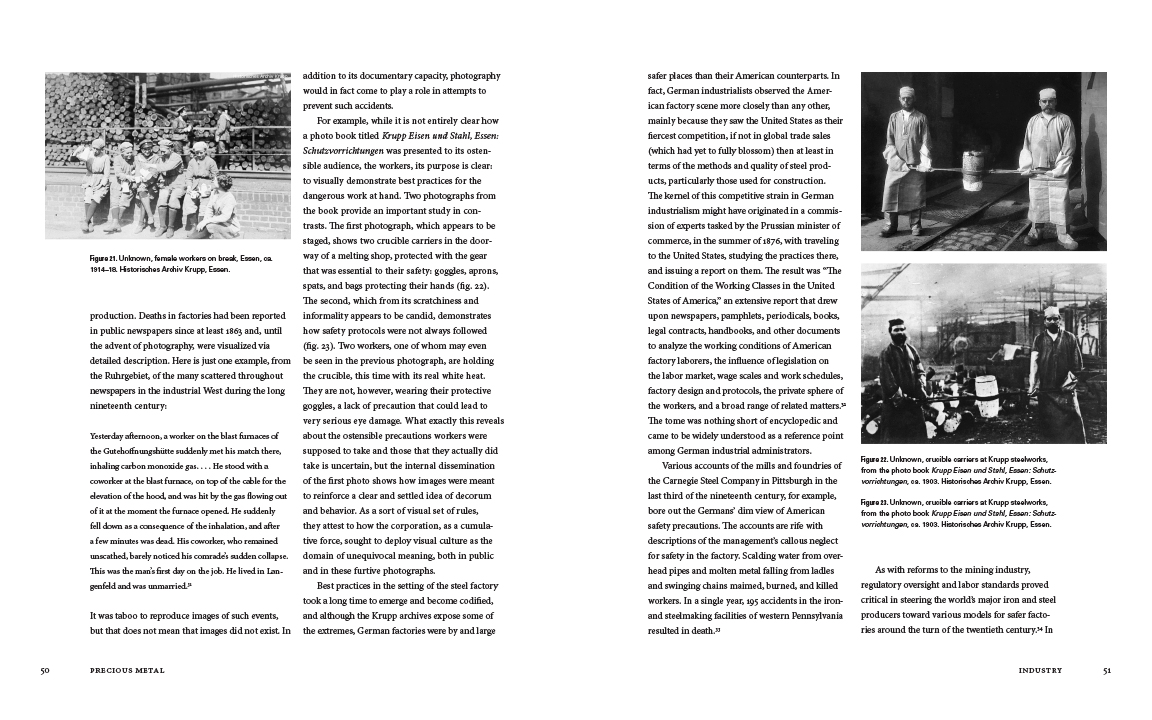
Precious Metal explores this quintessentially modernist material—not for the heroic structural innovations it facilitated but for a deeper understanding of the role it played in the steady change of the earth. Focusing on the formative years of the architectural steel economy and on the corporate history of German steel titans Krupp and Thyssen, Christensen investigates the ecological interrelationship of artificial and natural habitats, mediated by steel. He traces steel through six distinct phases: birth, formation, display, dispersal, construction, and return. By following the life of steel from the collection of raw minerals to the distribution and disposal of finished products, Christensen challenges the traditional narrative that steel was simply the primary material responsible for architectural modernism.
Based on the premise that building materials are as much a part of the natural world as they are of a building, this groundbreaking book rewrites an important chapter of architectural history. It will be welcomed by specialists in architectural history, nineteenth-century studies, environmental history, German studies, modernist studies, and the Anthropocene.
“Christensen’s work connects the field of architectural history to a broader context encompassing ecology, politics, business, and labor history. The result is a narrative that is richly layered and complex. Instead of presenting a comprehensive history of a single national industry or business, the author challenges readers to consider the multifaceted dimensions of construction materials.”
“Precious Metal draws on scholarship and archives from industrial, architectural, and political discussions to offer a novel reading of an essential phenomenon—the role of material and infrastructure in determining the contours of life. The book is well integrated into a number of familiar and emergent literatures: on architecture and design, material histories, anthropologies of design and environment, and analyses of technospheres and territories.”
“Precious Metal tells a very engaging tale with broad implications across a number of disciplines, including environmental history, architectural history, German history and culture, and geography. It is likely to serve as a key text across many disciplines and at all levels of a university curriculum.”
Peter H. Christensen is Professor of Art History at the University of Rochester. He is the author of the award-winning Germany and the Ottoman Railways: Art, Empire, and Infrastructure.
List of Illustrations
Acknowledgements
Note on Translation and Format
Introduction
1. Origin
2. Industry
3. Production
4. Dissemination
5. Building
6. Return
Conclusion
Notes
Bibliography
Index
Download a PDF sample chapter here: Introduction
Also of Interest
Mailing List
Subscribe to our mailing list and be notified about new titles, journals and catalogs.
